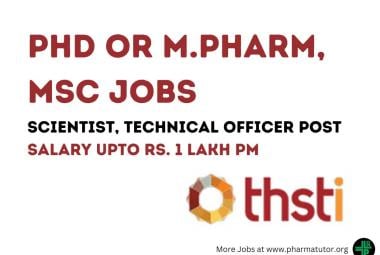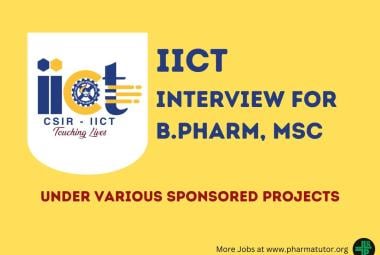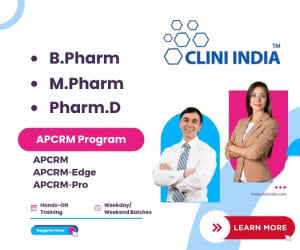DEVELOPMENT AND VALIDATION OF SPECTROPHOTOMETRIC METHOD FOR SIMULTANEOUS ESTIMATION OF MECLIZINE AND FOLIC ACID IN BULK AND PHARMACEUTICAL DOSAGE FORMS
{ DOWNLOAD AS PDF }
 ABOUT AUHTORS
ABOUT AUHTORS
Naveen Kumar G.S* 1, U. Srinivas 2, Hanumanthchar Joshi 3,
1 Department of Pharmaceutical Analysis,
Sarada Vilas College of pharmacy,
Mysuru, Karnataka, India
2 Department of Pharmacognosy,
Srinivas College of pharmacy, Mangalore, Karnataka India,
3 Department Pharmacognosy,
Sarada Vilas College of pharmacy, Mysuru, Karnataka India
*premukhoja@gmail.com
ABSTRACT
An UV spectrophotometric method using simultaneous equation was developed for the simultaneous determination of meclizine and folic acid in a binary mixture. In the proposed method, the signals were measured at 390.0 nm and 237.0 nm corresponding to absorbance maxima of and folic acid in methanol respectively. Linearity range was observed in the concentration range of 2-12 µg/ml for both the drugs. Concentration of each drug was obtained by using the absorptivity values calculated for both drugs at two wavelengths, 390.0 nm and 237.0 nm and solving the simultaneous equation. The method was validated and proposed method was fast, accurate and precise so it can be used for regular quality control of the drug.



 ABOUT AUHTORS
ABOUT AUHTORS ABOUT AUHTORS
ABOUT AUHTORS







.png)

